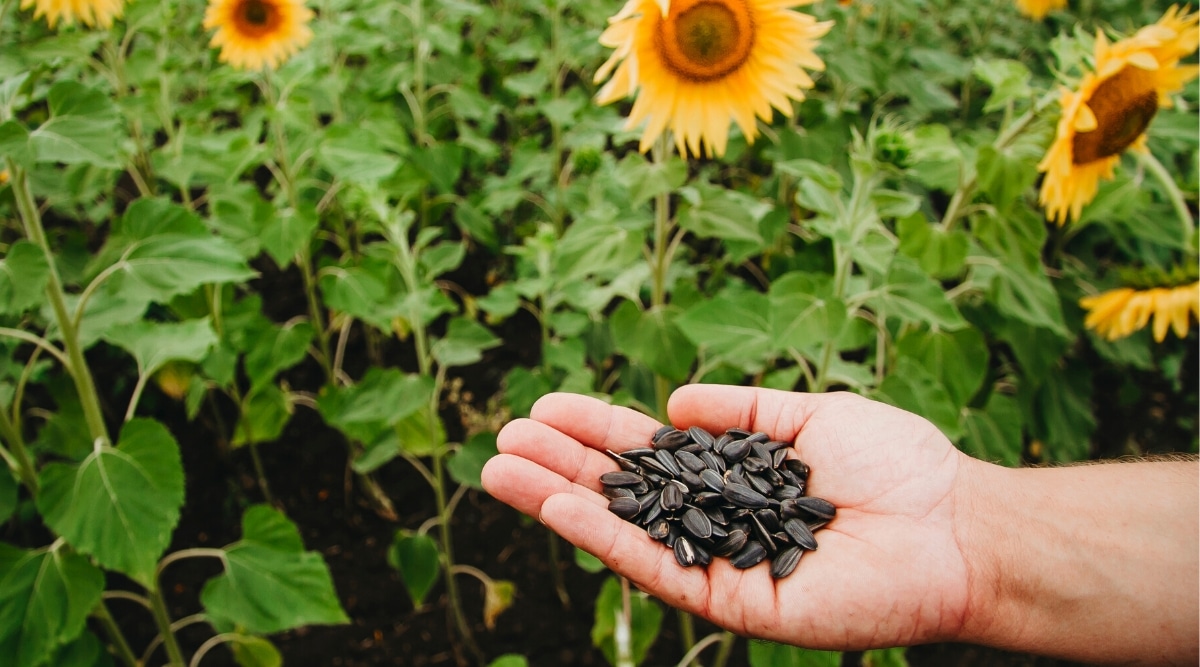

Articles
How To Store Sunflower Seeds For Planting
Modified: September 1, 2024
Learn how to store sunflower seeds for planting with our helpful articles. Discover the best techniques and tips for successful seed preservation.
(Many of the links in this article redirect to a specific reviewed product. Your purchase of these products through affiliate links helps to generate commission for Storables.com, at no extra cost. Learn more)
Introduction
Welcome to our comprehensive guide on how to store sunflower seeds for planting. Whether you are a home gardener or a seasoned farmer, properly storing your sunflower seeds is crucial to their long-term viability and success in germination. Sunflower seeds are not only a popular snack but also a valuable source of oil and a beautiful addition to any garden.
In this article, we will take you through the step-by-step process of harvesting, drying, cleaning, sorting, and storing your sunflower seeds. We will also discuss the best storage conditions, container options, labeling techniques, and how to check the viability of your seeds. By following these guidelines, you can ensure that your sunflower seeds remain viable and ready for planting in the future.
So, let’s dive in and learn how to properly store sunflower seeds for planting!
Key Takeaways:
- Properly storing sunflower seeds involves crucial steps such as harvesting at peak maturity, thorough drying, and careful cleaning. Choosing suitable containers and creating ideal storage conditions are essential for maintaining seed viability.
- Labeling, organizing, and regularly checking seed viability are key to successful sunflower seed storage. Following tips such as rotating seed stock and using fresh seeds within a limited timeframe ensures optimal germination rates.
Read more: How To Plant Sunflower Seed
Harvesting Sunflower Seeds
Harvesting sunflower seeds at the right time is crucial to ensure the highest seed quality. Sunflowers are ready for harvest when the back of the flower head turns yellow or brown, and the petals have dried and fallen off. The seeds should be plump, full, and firm to the touch. It’s essential to wait until the seeds are fully matured to maximize germination success.
To harvest the sunflower seeds, start by cutting the flower heads from the stem using a sharp knife or pruners. Leave a few inches of stem attached to the flower head to provide a handle for easier handling. Alternatively, you can wait until the entire plant has dried and then uproot it, gently shake off any loose dirt, and hang it upside down in a well-ventilated, dry area to allow the seeds to fully dry.
Once you have harvested the flower heads, you can remove the seeds by rubbing or scraping them off. This process is known as threshing. You can use your hands or a stiff brush to separate the seeds from the flower head. Place a container or a large cloth underneath to catch the seeds as they fall.
It’s important to note that sunflower seeds can still be viable even if they are not fully matured when harvested. However, immature seeds may have a lower germination rate and may not develop into healthy plants. For the best results, try to harvest sunflower seeds when they are fully matured.
Now that you have harvested the sunflower seeds, it’s time to proceed to the next step: drying them.
Drying Sunflower Seeds
Properly drying sunflower seeds is essential for long-term storage and preserving their viability. When seeds contain too much moisture, they can become moldy or start to germinate prematurely. Therefore, it’s crucial to ensure the seeds are adequately dried before storing them.
To begin the drying process, spread the harvested sunflower seeds in a single layer on a clean and dry surface. This could be a baking sheet, a mesh screen, or a piece of paper towel. Avoid using containers or piles that may cause the seeds to clump together, as this can trap moisture and hinder drying.
Choose a well-ventilated, warm, and dry location to dry your sunflower seeds. Ideally, the area should have good air circulation and low humidity. You can place the drying surface in a sunny area outdoors or inside near a heater or dehumidifier. Ensure that the seeds are protected from direct sunlight, as it can cause them to become overly dry and reduce their viability.
Allow the sunflower seeds to dry for approximately 1-2 weeks, or until they are fully dry. During this time, gently stir or turn the seeds every couple of days to ensure even drying. This will help prevent any mold or rot from forming and ensure that the seeds dry uniformly.
To check if the sunflower seeds are completely dry, break a few open and examine the kernels. They should be hard, crispy, and no longer feel soft or moist. If there is any residual moisture, continue drying for a few more days and recheck.
Once your sunflower seeds are thoroughly dried, it’s time to move on to the next step: cleaning.
Cleaning Sunflower Seeds
After the sunflower seeds have been dried, it’s important to clean them to remove any debris, chaff, or remaining plant matter. Cleaning the seeds not only improves their appearance but also helps prevent the growth of mold or bacteria during storage.
To start the cleaning process, you can use a simple winnowing method. This involves pouring the dried sunflower seeds from one container to another in the presence of a gentle breeze. The breeze will help carry away the lighter debris while allowing the heavier seeds to fall back into the container.
If you don’t have access to a breeze or want a more thorough cleaning, you can use a sieve or a set of screens with different-sized holes (mesh sizes). Pass the sunflower seeds through the screens, starting with the larger mesh size to separate out any larger debris. Then, gradually move to smaller mesh sizes to remove smaller particles, such as smaller chaff or smaller pieces of plant matter.
Another method to clean sunflower seeds is to use water. Fill a bowl or basin with water and add the sunflower seeds. Swirl and agitate the seeds gently, allowing the lighter debris to float to the surface. Carefully pour off the water, along with the floating debris, while retaining the sunflower seeds at the bottom of the container. Repeat this process a few times until the water runs clear and the seeds are clean.
Remember to let the cleaned sunflower seeds dry completely before proceeding to the next step. You can spread them out on a clean, dry surface and allow them to air dry for a couple of hours or use a towel to pat them dry gently.
Once the sunflower seeds are cleaned and fully dried, it’s time to move on to the next step: sorting.
Sorting Sunflower Seeds
Sorting sunflower seeds is an important step to ensure that only high-quality and viable seeds are stored for planting. By removing any damaged, shriveled, or discolored seeds, you can increase the chances of successful germination and healthy plant growth.
Start by visually inspecting the sunflower seeds and separating them into different categories based on their appearance. Healthy seeds should be plump, firm, and have a uniform color. Discard any seeds that are misshapen, discolored, or appear to be damaged or rotten.
Next, you can perform a simple float test to further filter out any low-quality seeds. Fill a bowl with water and gently place the sunflower seeds into the water. Viable seeds will sink to the bottom, while any empty or damaged seeds will float to the surface. Carefully skim off the floating seeds and discard them.
As you sort the sunflower seeds, it’s a good idea to keep them organized and separated by variety, if applicable. This will help you keep track of different seed types and ensure that they are properly labeled for storage.
Remember to handle the sunflower seeds with care during the sorting process to avoid damaging any viable seeds. Use your hands or a pair of tweezers to pick up and inspect each seed individually. Take your time and be thorough to ensure that you are only keeping the best seeds for storage.
Once you have finished sorting the sunflower seeds, it’s time to move on to the next step: storing them in suitable containers.
Read more: How To Plant Mexican Sunflower Seeds
Storing Sunflower Seeds
Proper storage is crucial to maintain the viability and quality of sunflower seeds for future planting. By utilizing suitable containers and creating the ideal storage conditions, you can ensure the seeds remain viable and ready for germination when the time comes.
Choose containers that are airtight and moisture-proof to prevent any moisture from entering and causing the seeds to spoil. Glass jars with tight-fitting lids, plastic containers with sealing gaskets, or metal tins are excellent options for storing sunflower seeds. Make sure the containers are clean and dry before transferring the seeds into them.
Prior to placing the sunflower seeds in the containers, it’s advisable to add a desiccant packet or a moisture-absorbing substance like rice or silica gel. These will help absorb any residual moisture and maintain the dryness of the seeds. Place the desiccant packet or moisture absorber at the bottom of the container before adding the seeds.
Transfer the sorted sunflower seeds into the containers, filling them about three-quarters full. Avoid overpacking or compressing the seeds, as this can cause them to become damaged or lose their viability. Leave some headspace in the containers to allow for proper air circulation and expansion if necessary.
When sealing the containers, ensure that they are tightly closed to prevent any air or moisture from entering. This will help maintain the integrity of the seeds and minimize the risk of spoilage.
It is recommended to store the sunflower seed containers in a cool, dark, and dry location. Avoid exposure to direct sunlight, fluctuating temperatures, and high humidity, as these factors can decrease the seed’s viability. A pantry, cellar, or a cool basement are suitable areas for seed storage.
It’s important to note that sunflower seeds have a relatively short shelf life compared to some other seeds. Aim to use them within a year or two for the best germination rates. If you plan on storing the seeds for a longer period, consider keeping them in the freezer. Freezing can help extend their viability, but ensure they are fully dry, sealed, and protected from moisture.
Label the containers with the variety and the date of storage to keep track of the seed’s freshness. This will help you identify and use the oldest seeds first to maintain a healthy and diverse seed stock.
By following these storage guidelines, you can preserve the quality and viability of your sunflower seeds for extended periods, ensuring successful germination for future planting endeavors.
Store sunflower seeds for planting in a cool, dry place in an airtight container. Make sure to label the container with the seed variety and date of collection to keep track of their freshness.
Container Options for Seed Storage
Choosing the right containers for storing sunflower seeds is essential for maintaining their quality and viability. The containers should be airtight, moisture-proof, and sturdy enough to protect the seeds from damage. Here are some popular container options to consider:
- Glass Jars: Glass jars with tight-fitting lids are a classic and reliable choice for seed storage. Opt for jars with rubber gaskets or sealing lids to ensure an airtight seal. The transparent nature of glass jars allows you to easily see the contents and check the seed condition without opening the jar.
- Plastic Containers: Plastic containers with sealing gaskets or screw-on lids can also work well for storing sunflower seeds. Look for containers made from food-grade plastic to prevent any potential chemical leaching. Ensure the containers are sturdy and don’t easily break or crack, especially if they are stored in a freezer or cooler environment.
- Metal Tins: Metal tins, such as those used for tea or coffee, can be repurposed for seed storage. They provide good protection against light and offer a secure, airtight seal. Look for tins with a tight-fitting lid that can completely seal out moisture and air.
- Seed Envelopes or Paper Bags: Seed envelopes or paper bags are a cost-effective option for storing sunflower seeds, especially if you have a large quantity. Ensure that the envelopes or bags are made from durable paper to prevent tearing and protect the seeds from light. Label each envelope or bag with the seed variety and storage date.
- Vacuum-Sealed Bags: Vacuum-sealed bags can be an excellent choice for long-term storage of sunflower seeds. These bags use a vacuum sealer to remove air and create a tight seal, preventing oxygen and moisture from affecting the seeds. Vacuum-sealed bags are particularly useful when storing a large quantity of seeds.
When choosing a container, consider the size and quantity of seeds you have, as well as the available storage space. It’s important to store seeds in containers that are appropriately sized to allow for proper air circulation and avoid overcrowding. Ensure that the containers are clean, dry, and airtight before transferring the seeds.
Regardless of the container you choose, remember to label it with the seed variety and storage date. This will help you keep track of your seed inventory and easily identify the seeds when needed.
Whichever container option you select, make sure to store it in a cool, dark, and dry location to maintain the quality and viability of the sunflower seeds.
Labeling and Organizing Sunflower Seeds
Properly labeling and organizing your sunflower seeds is essential for easy identification and efficient seed management. When you have multiple varieties or batches of sunflower seeds, keeping them well-organized can save you time and prevent confusion. Here are some tips for labeling and organizing your sunflower seeds:
- Labeling: Clearly label each container or seed packet with the variety of sunflower seeds and the date of storage. This information will help you identify the specific seeds and keep track of their freshness. Use waterproof and fade-resistant markers or labels to ensure the information remains legible over time.
- Seed Varieties: If you have multiple sunflower seed varieties, it’s important to keep them separate and clearly labeled. This will help you choose the desired variety when planting and maintain the unique characteristics of each variety.
- Batches or Harvest Dates: If you have different batches of sunflower seeds or seeds harvested at various times, it can be helpful to label and organize them based on their harvest or storage dates. This will allow you to prioritize the usage of older seeds and maintain a fresh seed stock.
- Organizational Systems: Consider developing an organizational system that works best for you. This could involve using shelving units or storage boxes to segregate and categorize the containers or packets of sunflower seeds. You can arrange them alphabetically, by variety, or by planting season, whichever makes the most sense for your needs.
- Seed Inventory Log: Maintain a seed inventory log or spreadsheet to keep track of the quantity, variety, and storage details of your sunflower seeds. This log can help you monitor seed usage, track seed viability over time, and plan for future seed purchases or replacements.
- Additional Information: Consider adding additional information to the seed labels or storage containers, such as special germination conditions, specific planting instructions, or any notes you may have regarding the seeds’ performance or characteristics. This information can be valuable for future reference.
By implementing a labeling and organizational system that works for you, you can easily locate and utilize your sunflower seeds whenever you are ready to plant. This ensures that you make the most of your seed collection and maintain an organized and efficient seed storage area.
Best Storage Conditions for Sunflower Seeds
Creating the best storage conditions for sunflower seeds is crucial to maintaining their viability and ensuring successful germination. Proper storage conditions help to preserve the quality of the seeds and extend their shelf life. Here are some key factors to consider for optimal sunflower seed storage:
- Temperature: Sunflower seeds should be stored in a cool environment to prevent them from deteriorating. The ideal temperature for storage is between 40°F (4°C) and 50°F (10°C). Avoid exposing the seeds to extreme temperature fluctuations, as this can impact their quality.
- Humidity: Moisture is one of the biggest enemies of seed storage. Sunflower seeds should be kept in a low humidity environment, ideally below 50%. Excessive moisture can promote the growth of mold or bacteria, causing the seeds to spoil. Moisture-proof containers and a dry storage space are essential to protect the seeds from humidity.
- Light: Sunflower seeds should be stored in a dark or dimly lit area. Exposure to light can lead to the degradation of the seeds, affecting their viability. Use opaque containers or store the seeds in a pantry, cabinet, or other light-protected areas.
- Air Circulation: While it’s important to keep sunflower seeds in airtight containers to prevent moisture and contaminants from entering, there should still be some air circulation to maintain seed freshness. Avoid tightly packing the seeds and allow for a little headspace in the storage containers to allow for air movement.
- Pest Control: Protecting the sunflower seeds from pests is crucial to preserve their integrity. Ensure that the storage area is well-sealed and free from any potential pests, such as insects or rodents. Consider using natural pest deterrents, like cedar chips or dried bay leaves, to keep pests away from your seed storage area.
Keep in mind that sunflower seeds have a relatively short shelf life compared to some other seeds. It’s recommended to use them within a year or two of storage for the best germination rates. If you plan on storing the seeds for a longer period, freezing them can help extend their viability. However, ensure that the seeds are completely dry, sealed in moisture-proof containers, and protected from moisture during the freezing process.
Regularly check your stored sunflower seeds for any signs of moisture, mold, or deterioration. If you notice any issues, promptly remove and discard any affected seeds to prevent the spread of damage to other seeds.
By providing the best storage conditions of cool temperature, low humidity, darkness, proper airflow, and pest control, you can ensure that your sunflower seeds remain viable and ready for successful germination in the future.
Read more: How To Plant Sunflower Seeds Indoors
Checking Seed Viability
Checking the viability of sunflower seeds before planting is essential to determine their germination potential. By conducting a simple seed viability test, you can assess the overall health and germination rate of your sunflower seeds. Here’s how you can check the viability of sunflower seeds:
- Seed Germination Test: The most reliable way to check seed viability is by performing a germination test. Take a sample of seeds from the storage container and moisten a paper towel or a piece of filter paper. Place the seeds on the moistened paper, ensuring they are evenly spaced and not touching each other. Fold the paper over the seeds and place it in a plastic bag or container to create a controlled environment. Keep the setup in a warm location, around 70°F (21°C), and check the seeds regularly for germination. Count the number of seeds that successfully sprout to determine the germination rate.
- Seed Float Test: Another quick method to assess seed viability is the float test. Fill a bowl with water and gently drop a sample of seeds into the bowl. Viable seeds will sink to the bottom, while non-viable seeds are more likely to float. However, keep in mind that the float test is not as accurate as the germination test and may not provide a precise assessment of seed viability.
- Seed Appearance: While not a definitive test, the appearance of sunflower seeds can also provide some insights into their viability. Healthy, viable seeds typically have a plump and firm appearance, with a consistent color. Seeds that appear shriveled, discolored, or damaged are more likely to have reduced viability.
- Seed Age: It’s important to consider the age of the seeds when assessing viability. Sunflower seeds have a limited shelf life, and their germination rates tend to decline over time. Freshly harvested seeds or seeds stored for a shorter duration are more likely to have higher germination rates compared to older seeds.
Remember that seed viability test results are not always absolute guarantees of germination success. Even if some seeds do not pass the viability test, it’s worth planting them anyway, as they may still germinate and surprise you. However, by conducting a viability test, you can have a better understanding of the overall quality and potential germination rate of your sunflower seeds.
Based on the results of the viability test, you can adjust your planting strategy and use the most viable seeds for the best chances of successful germination. If a significant percentage of the seeds fail the viability test, you may need to consider obtaining fresh or more viable seeds for your planting endeavors.
By regularly checking the viability of your sunflower seeds, you can ensure that your planting efforts are focused on high-quality seeds with the best chances of successful germination and healthy plant growth.
Tips for Successful Seed Storage
Proper seed storage is key to maintaining the viability and quality of your sunflower seeds. With the following tips, you can ensure successful seed storage and optimize the chances of germination in the future:
- Harvest and Store Seeds at Peak Maturity: Harvest your sunflower seeds when they are fully matured to ensure optimal seed quality and viability. Seeds harvested too early may have lower germination rates. Allow the seeds to fully mature and dry on the plant before harvesting.
- Thoroughly Dry the Seeds: Before storage, ensure that the sunflower seeds are completely dry. Proper drying prevents mold and rot from developing during storage. Spread the seeds in a single layer and provide good air circulation to facilitate drying. Check for a hard, crispy texture before storing.
- Clean the Seeds: Cleaning the seeds helps remove debris and plant matter that can impact seed viability and introduce moisture. Use winnowing, sieving, or water bath methods to clean the seeds thoroughly. Dry the seeds again after cleaning.
- Use Suitable Containers: Choose airtight, moisture-proof containers for storing sunflower seeds. Glass jars, plastic containers with sealing gaskets, or metal tins are ideal options. Ensure the containers are clean, dry, and able to provide a sealed environment to protect the seeds.
- Add Desiccant or Moisture Absorber: To maintain seed dryness, add a desiccant packet or a moisture-absorbing substance like rice or silica gel to the storage containers. This helps prevent moisture from affecting the seeds and prolongs their viability.
- Create a Cool and Dark Storage Environment: Store sunflower seeds in a cool, dark, and dry location to maintain seed quality. Excessive heat and light can reduce viability, so choose a spot away from direct sunlight and temperature fluctuations. A cool basement or pantry is ideal.
- Organize and Label: Keep your seeds well-organized and labeled. Label the containers with the seed variety and storage date. This helps you track and identify seeds easily, ensuring you use the oldest seeds first and maintain a proper seed inventory.
- Regularly Check for Moisture and Mold: Regularly inspect stored seeds for any signs of moisture or mold. Moisture can lead to seed spoilage and reduce viability. If you find any affected seeds, remove them promptly to prevent further damage to the remaining seeds.
- Periodically Test Seed Viability: Conduct seed viability tests, such as germination tests, to assess the germination potential of your sunflower seeds. This helps you determine their viability and plan for successful planting in the future.
- Rotate Seed Stock: To ensure you always have fresh and viable seeds, rotate your seed stock regularly. Use older seeds first and obtain fresh seeds as needed. This helps maintain a healthy and reliable seed supply for your gardening or farming endeavors.
By following these tips for successful seed storage, you can ensure that your sunflower seeds remain viable and ready for planting when the time comes. Proper storage practices protect the integrity of the seeds and optimize their germination rates, setting the foundation for successful and fruitful plant growth.
Conclusion
Properly storing sunflower seeds for planting is crucial to ensure their viability and success in germination. By following the steps outlined in this comprehensive guide, you can maintain the quality and integrity of your sunflower seeds, preserving their potential to grow into healthy and vibrant sunflower plants.
Harvesting the sunflower seeds at the right time, drying them thoroughly, and cleaning them carefully are essential first steps. Sorting the seeds and removing any damaged or non-viable ones helps ensure that only the best seeds are stored for future use. Choosing suitable containers that are airtight and moisture-proof, and creating the ideal storage conditions in terms of temperature, humidity, and light, is crucial for maintaining seed viability.
Labeling and organizing the seeds allows for easy identification and efficient seed management, while regularly checking seed viability helps assess their germination potential. Following tips such as rotating seed supplies and periodically testing seed viability contribute to successful seed storage and planning for optimal planting results.
Remember that sunflower seeds have a limited shelf life, so it’s important to monitor the seeds’ freshness and use them within a year or two for the best germination rates. If you encounter any signs of moisture, mold, or deterioration, promptly remove and discard affected seeds to prevent further damage to the remaining seeds.
With proper seed storage techniques, you can have confidence in the viability of your sunflower seeds, allowing you to enjoy the beauty and benefits of sunflower cultivation year after year.
So, grab your gardening tools and get ready to plant those carefully stored sunflower seeds. Happy gardening!
Now that you've mastered storing sunflower seeds for planting, why not dive deeper into ensuring their longevity? Delve into our detailed guide on optimal seed storage options, which offers practical advice for keeping your seeds viable longer. And if you're also revamping your garden's look, don't miss out on our collection of inspired garden fence ideas. Both articles provide valuable insights and innovative solutions to enhance your gardening experience.
Frequently Asked Questions about How To Store Sunflower Seeds For Planting
Was this page helpful?
At Storables.com, we guarantee accurate and reliable information. Our content, validated by Expert Board Contributors, is crafted following stringent Editorial Policies. We're committed to providing you with well-researched, expert-backed insights for all your informational needs.
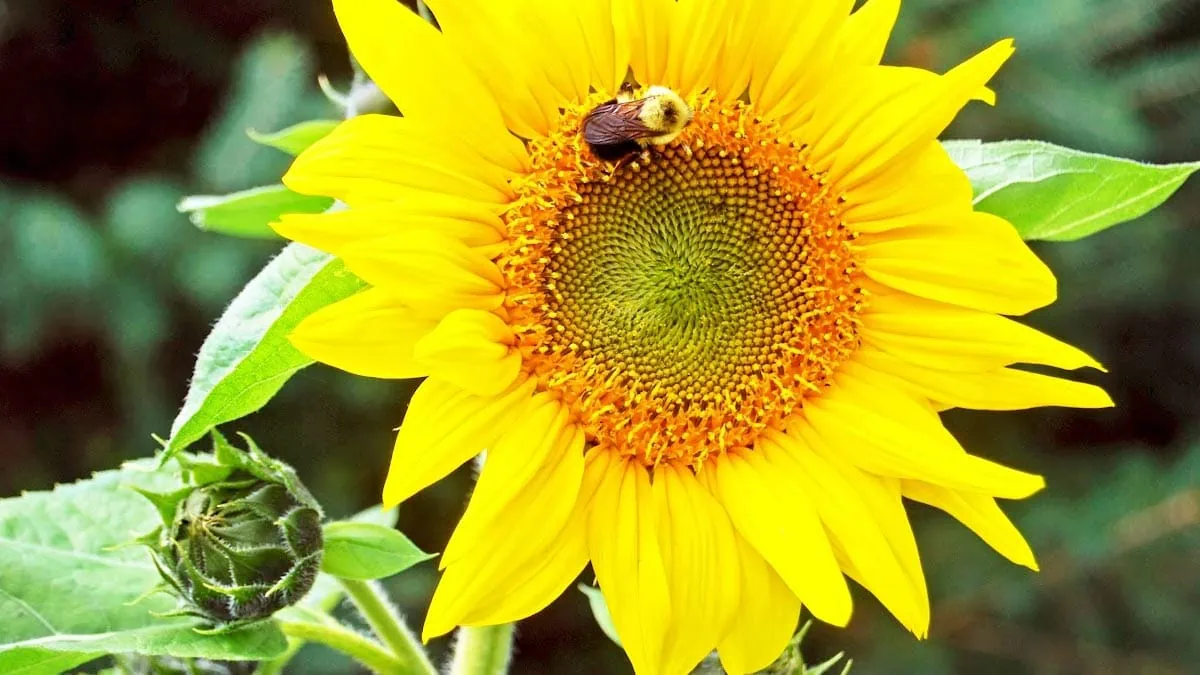
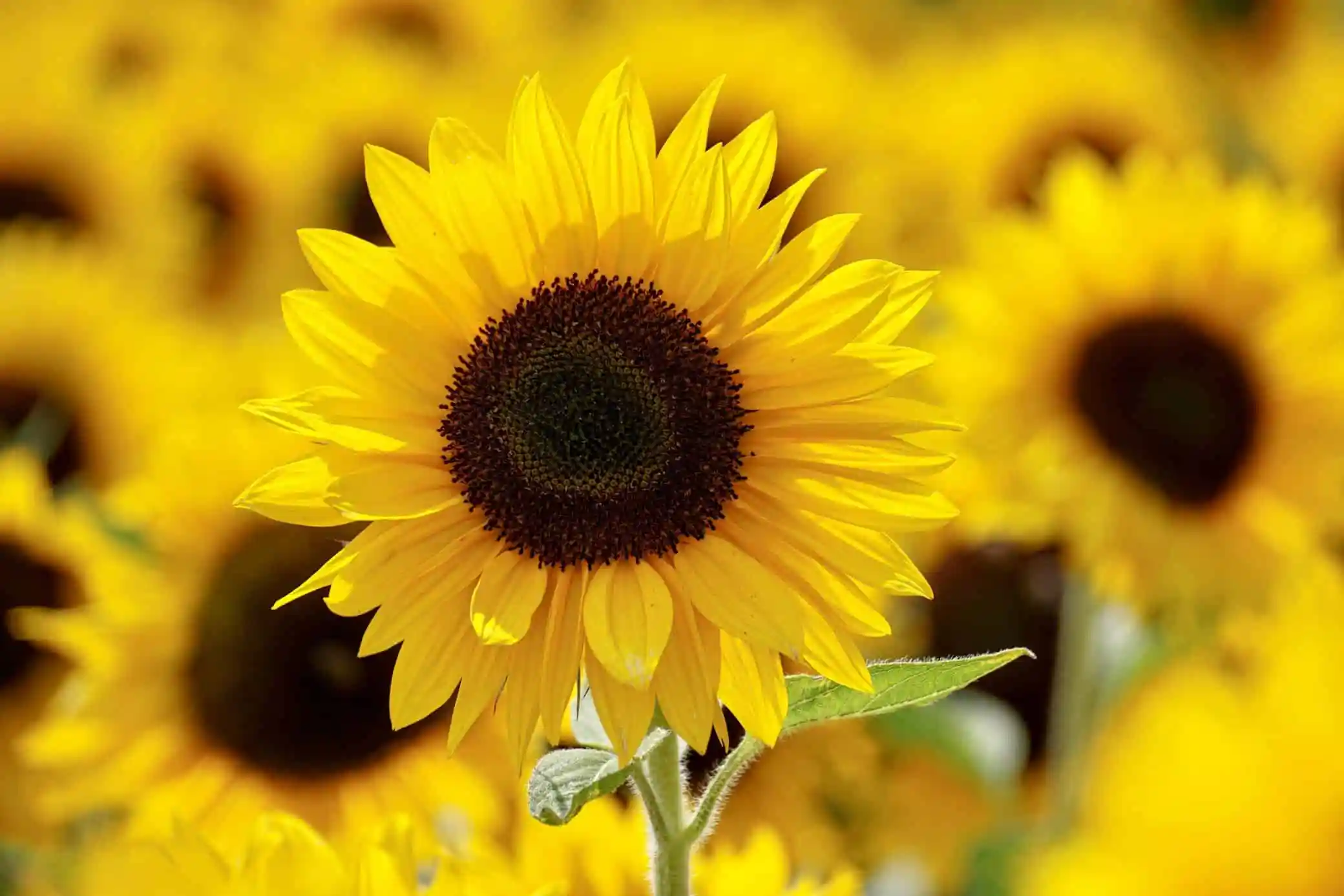
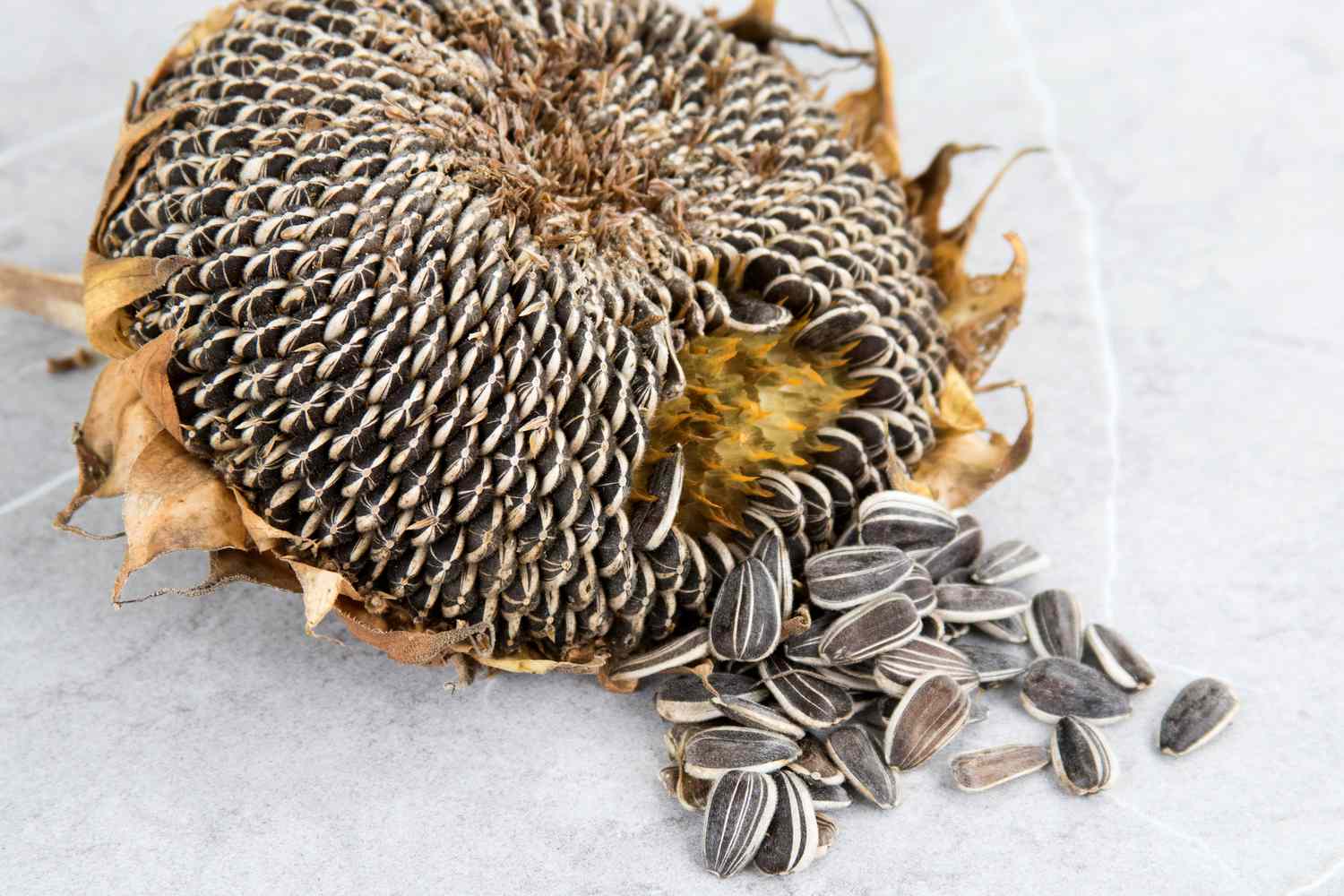
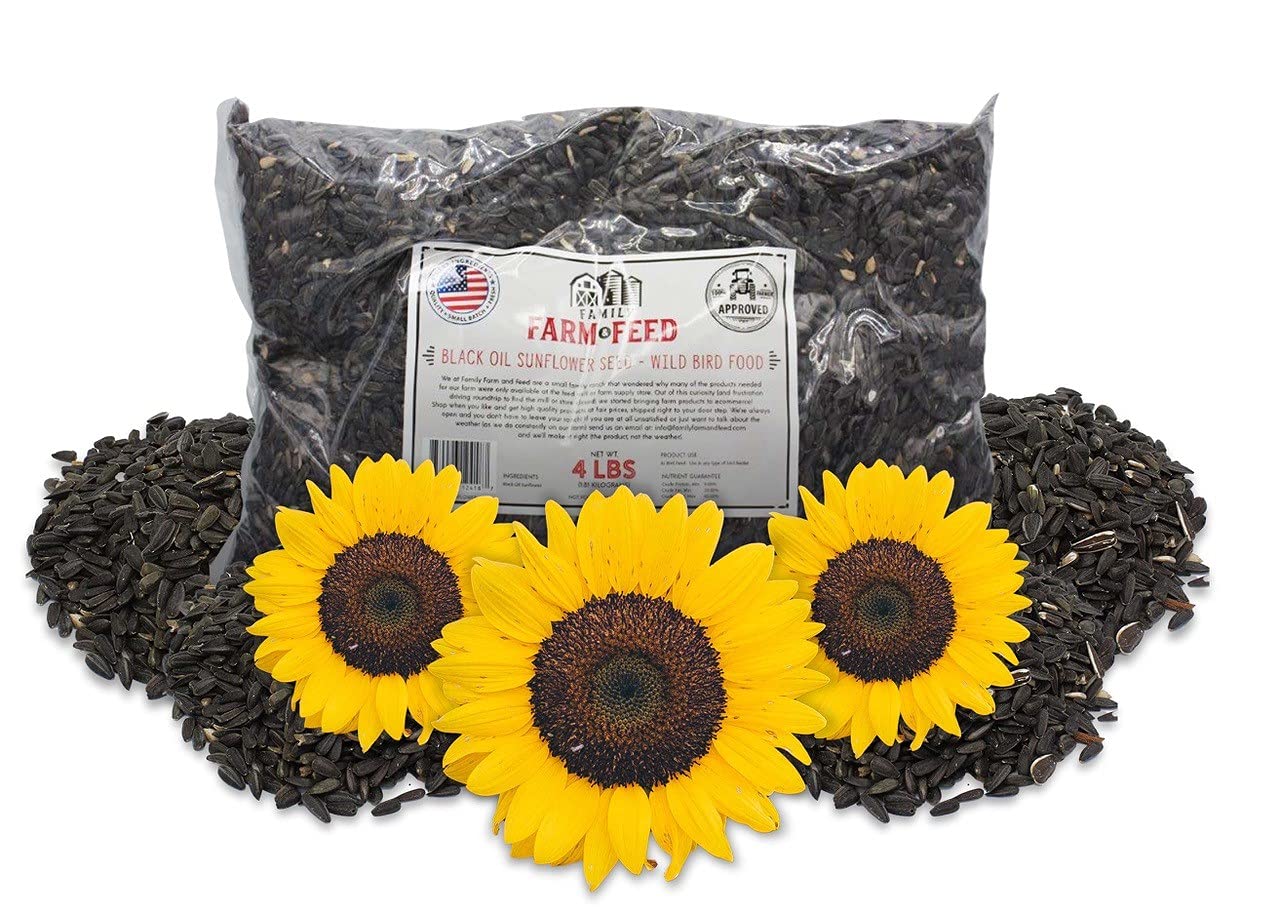
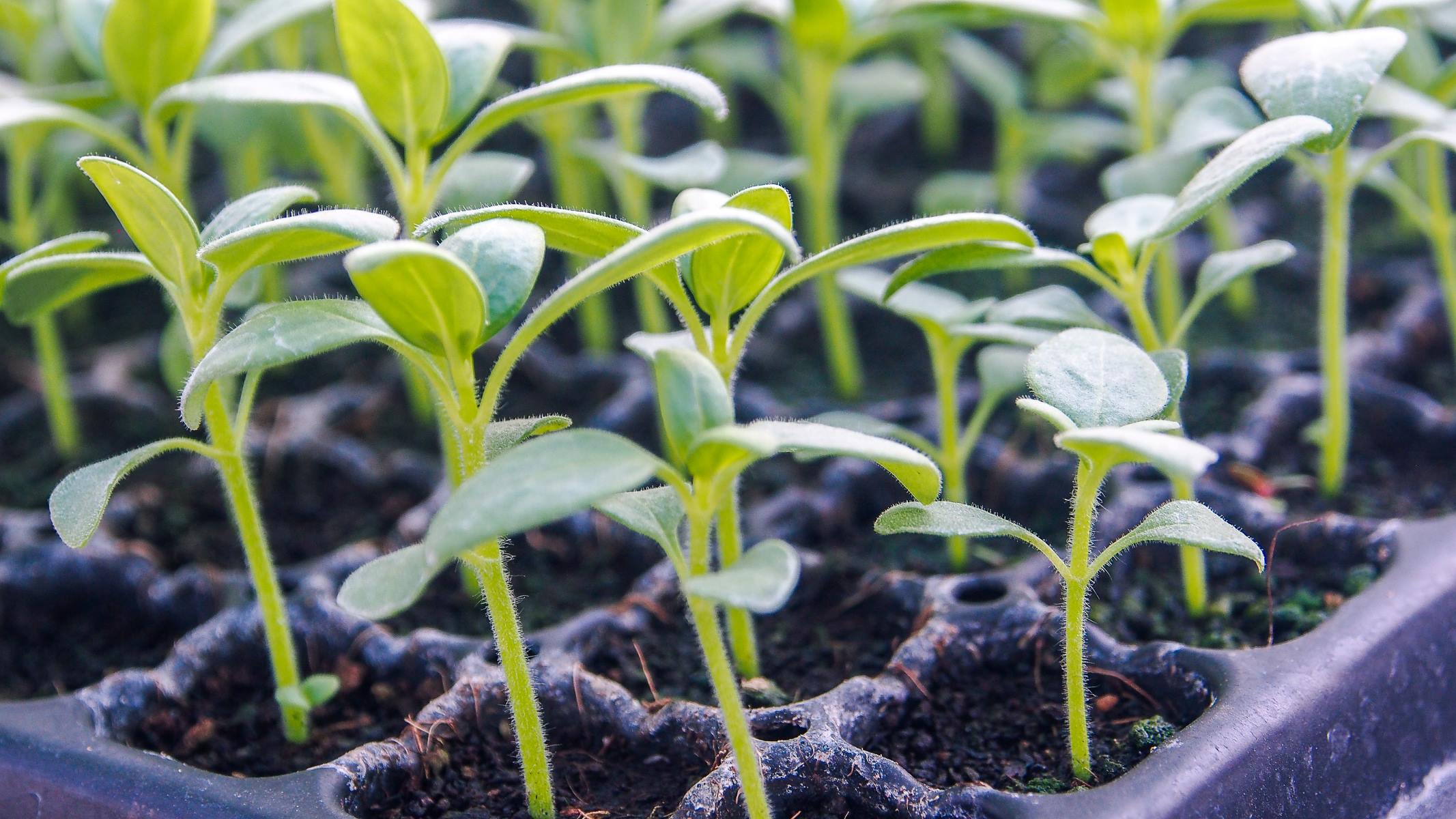
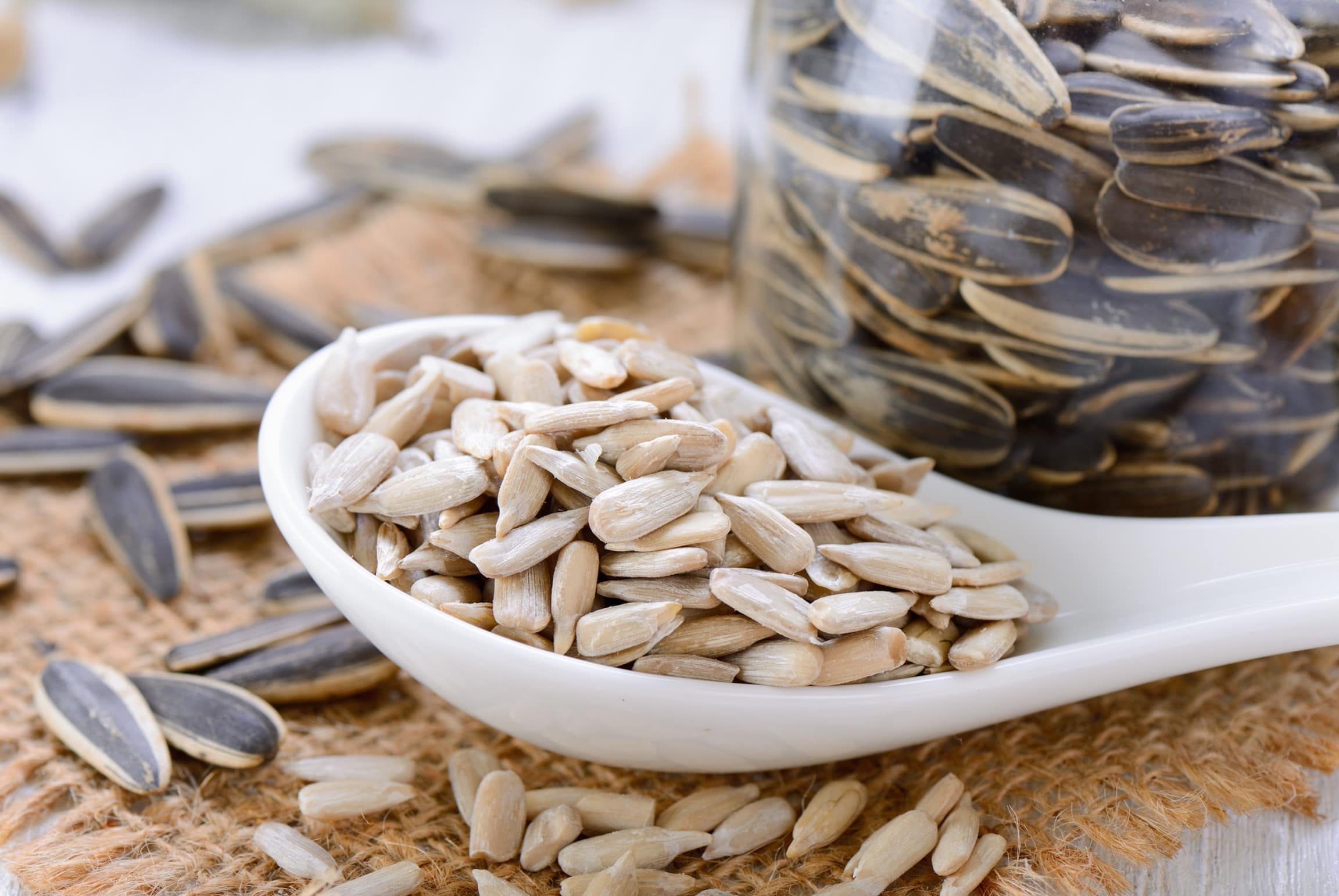
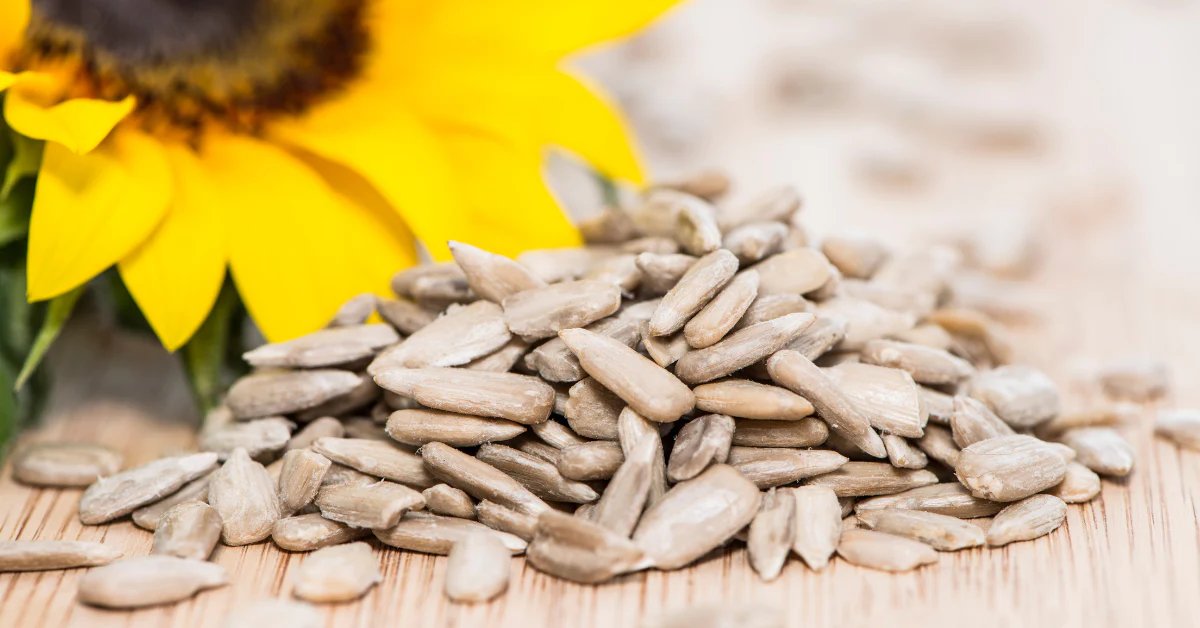
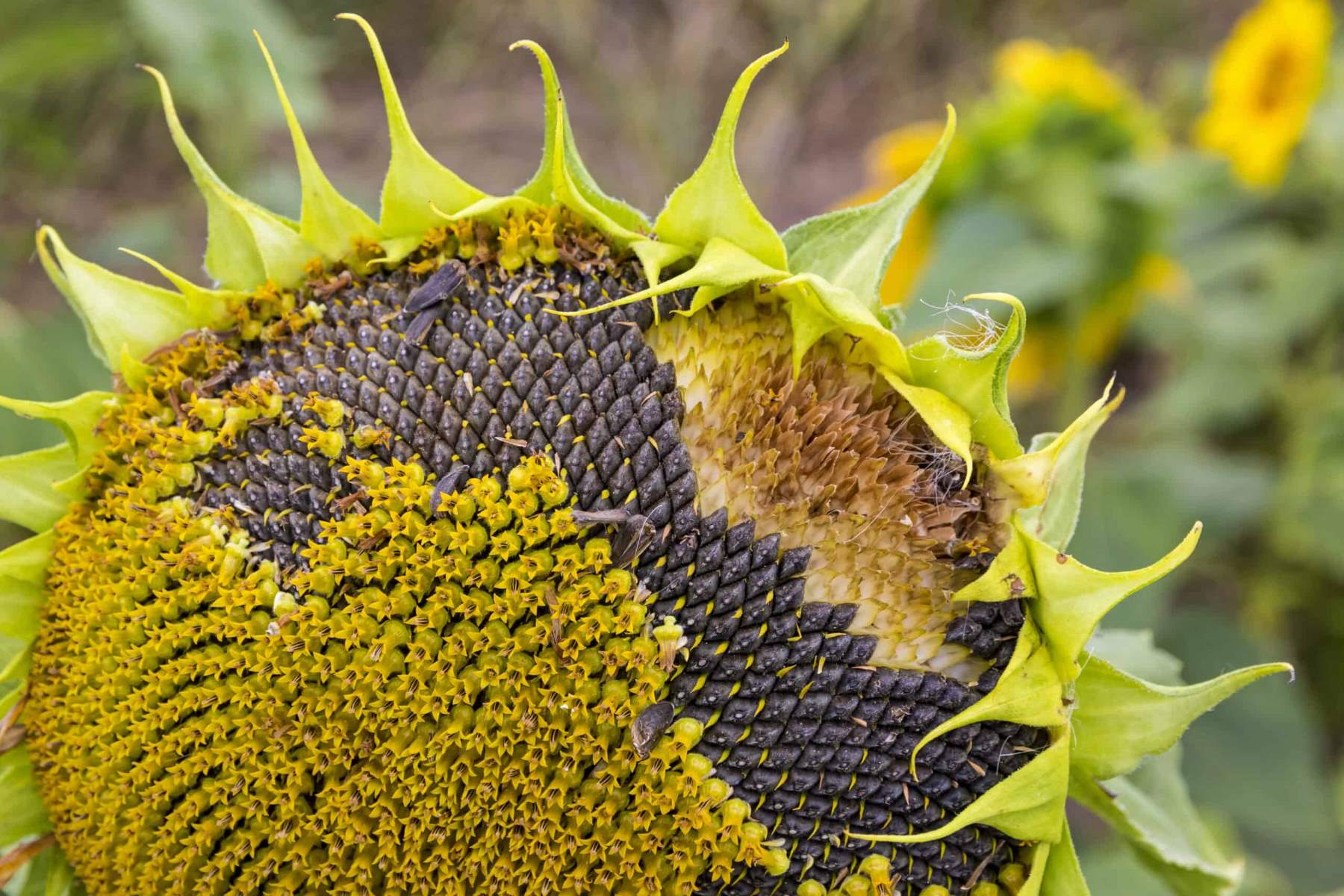
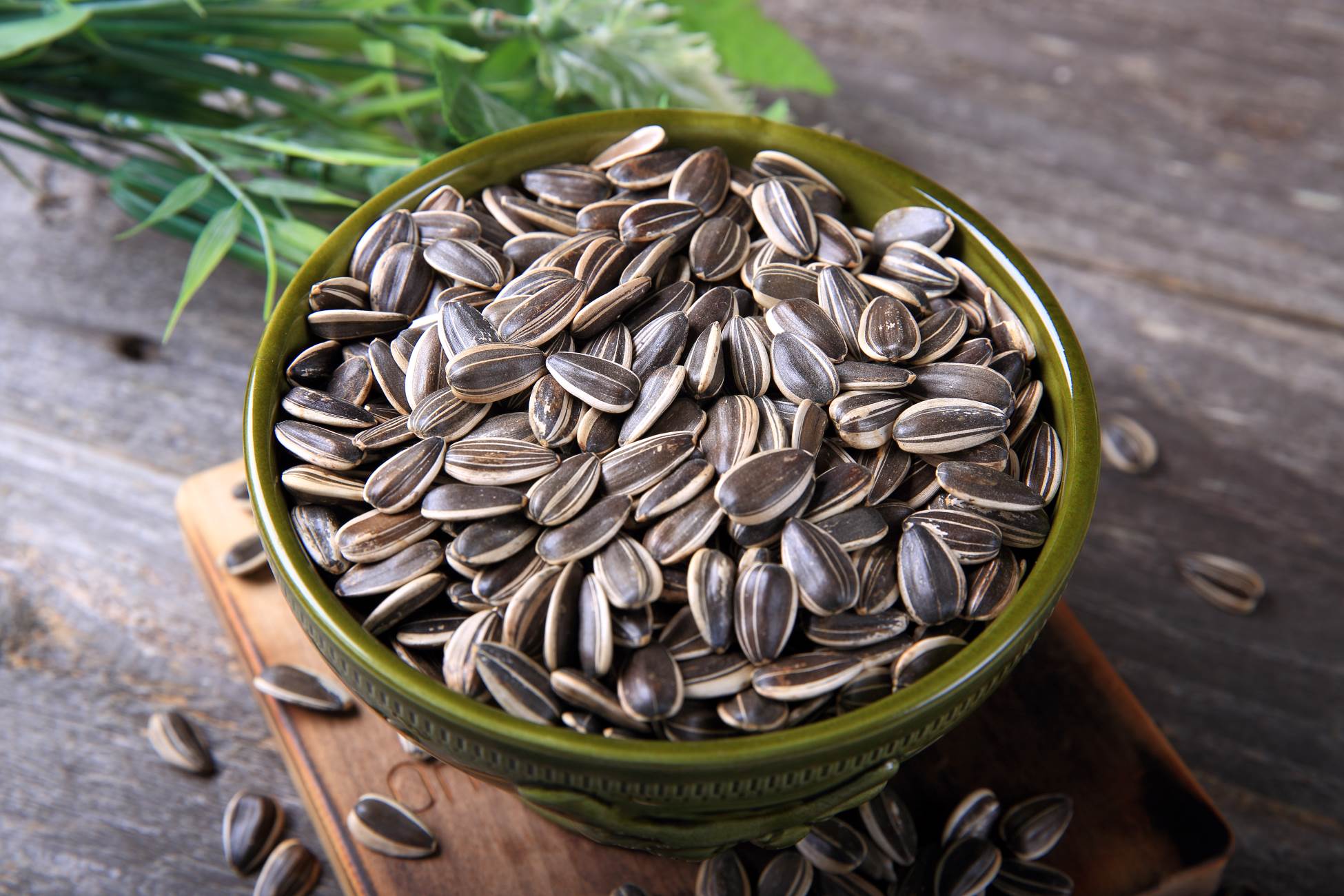
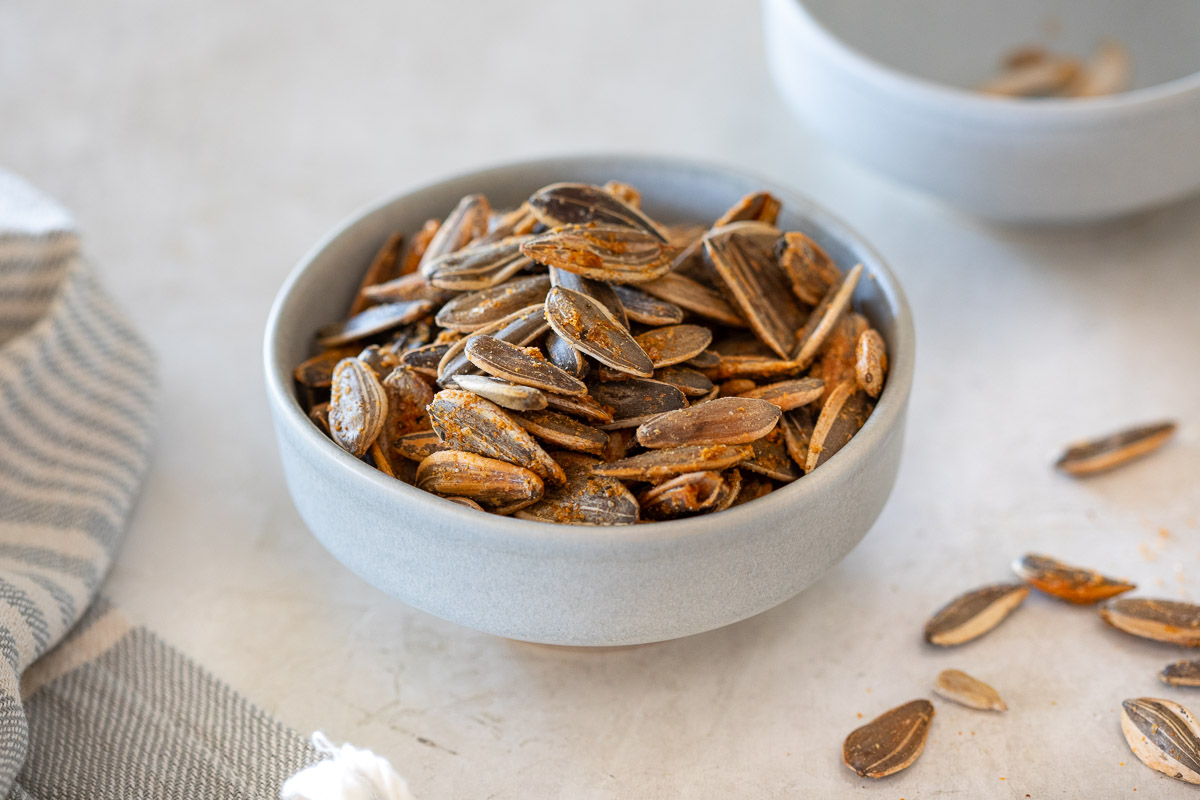
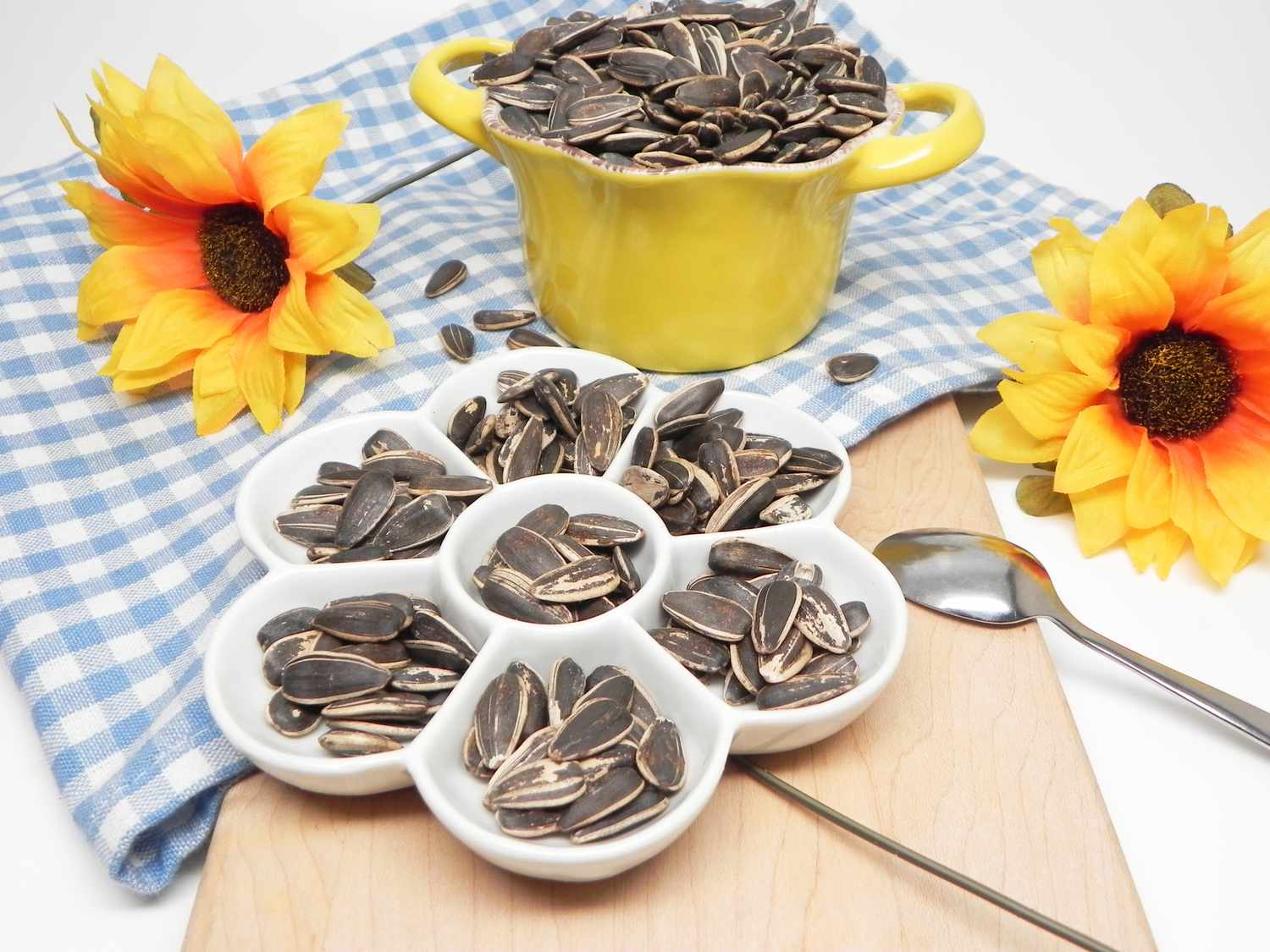
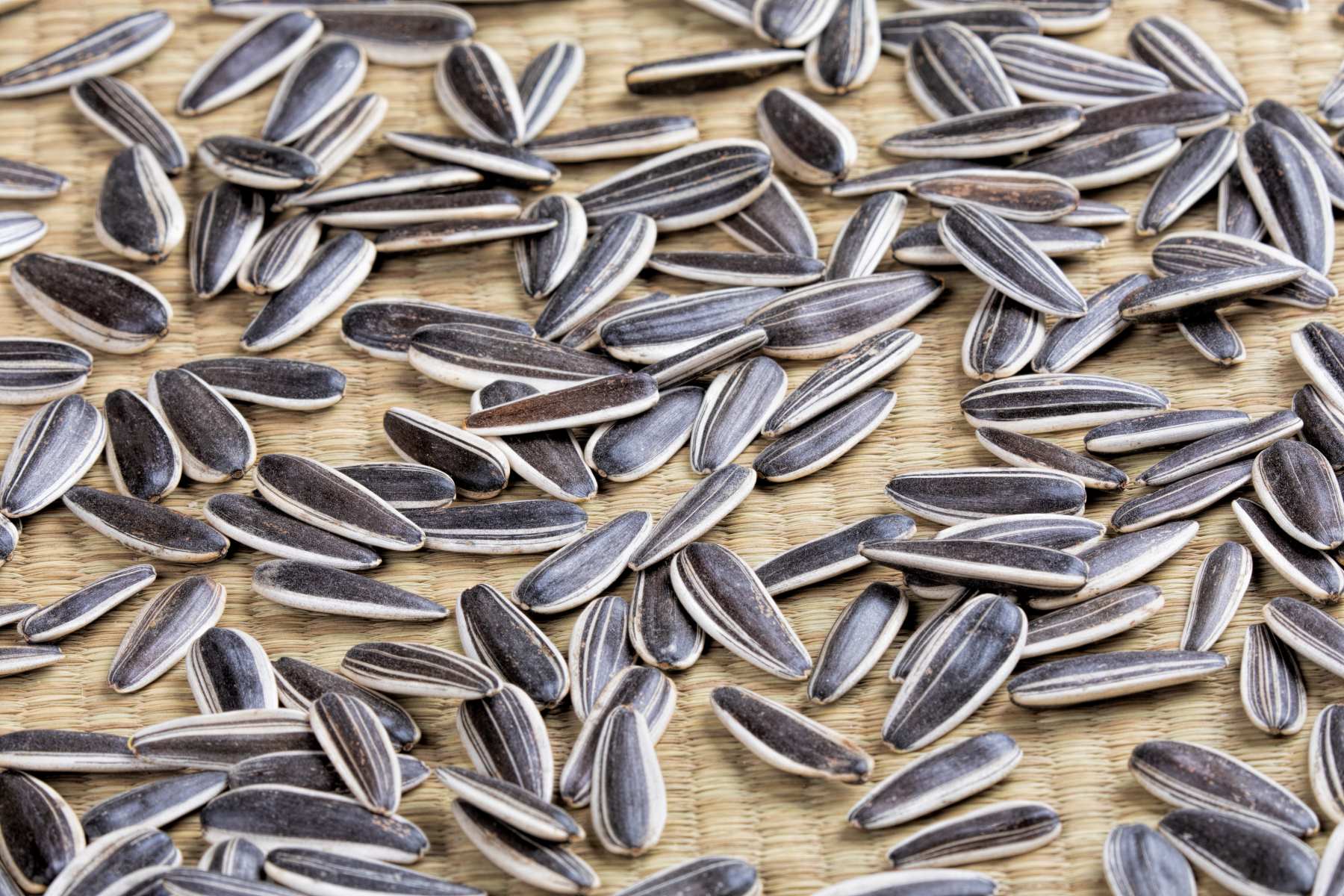
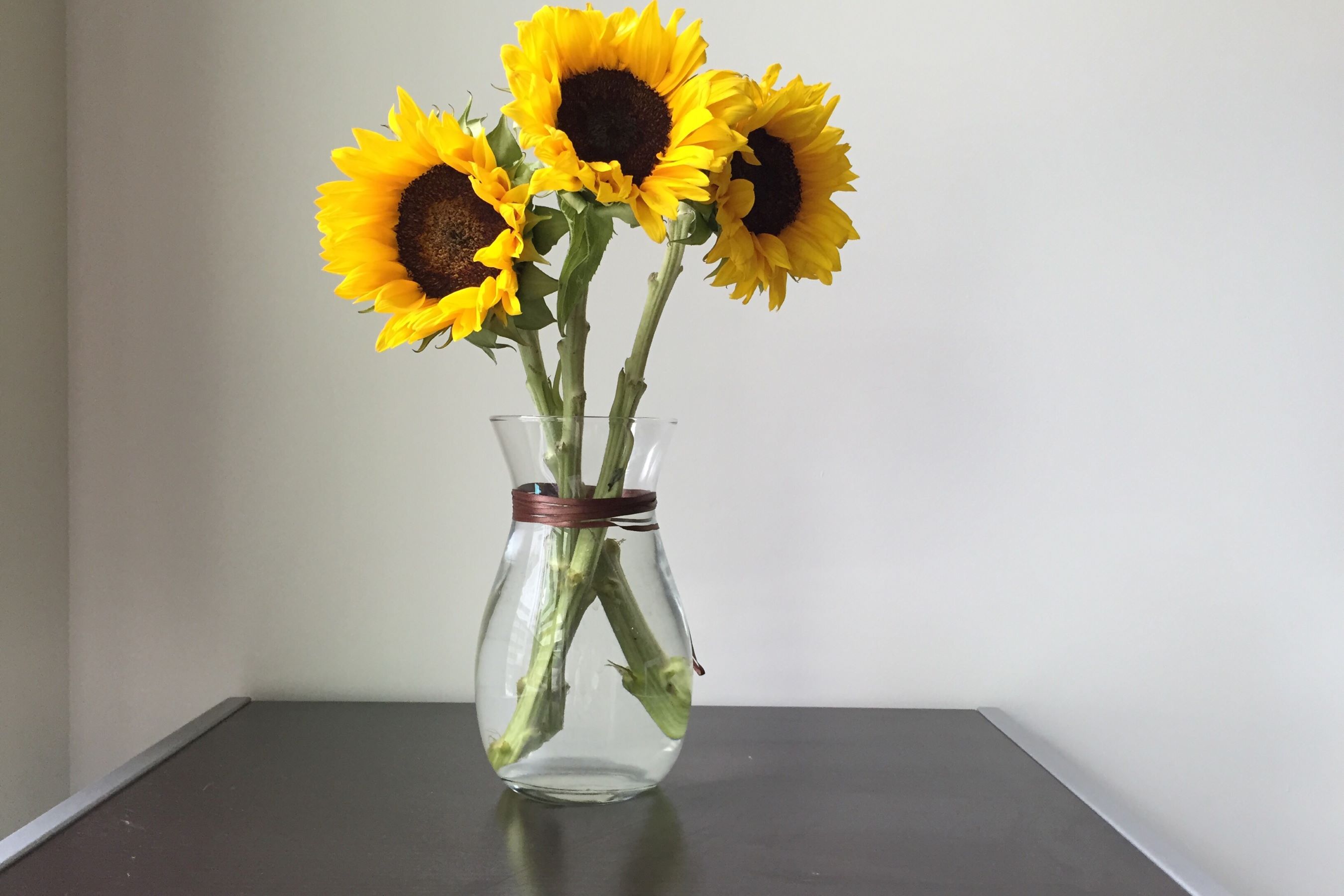

0 thoughts on “How To Store Sunflower Seeds For Planting”